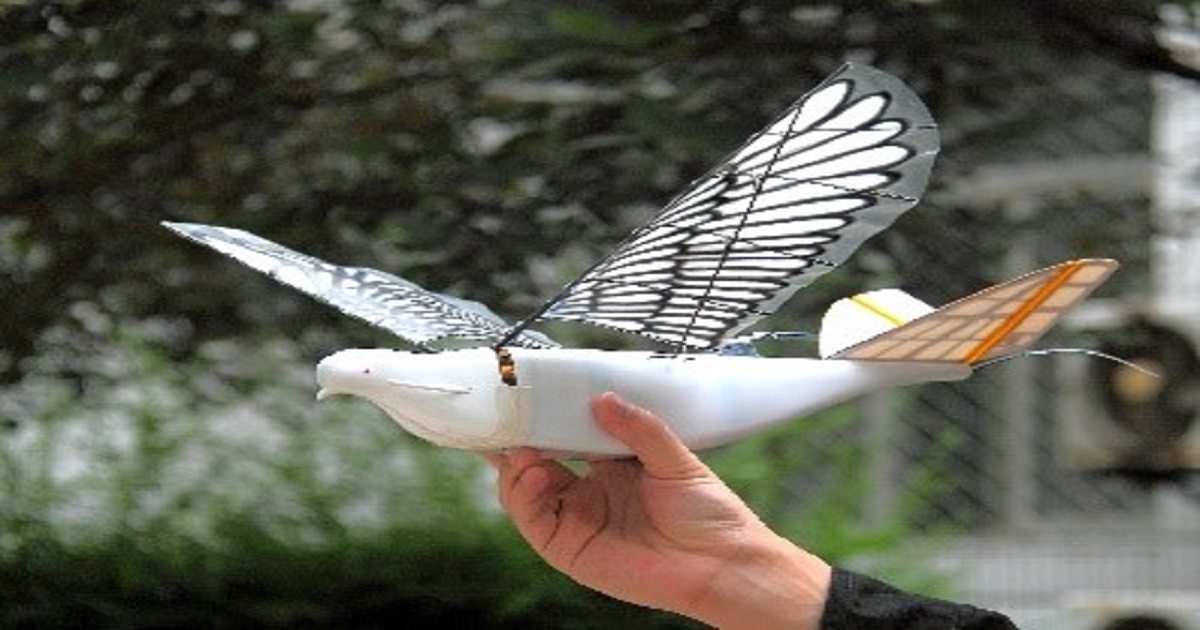- 2.5Impact Factor
- 5.5CiteScore
- 20 daysTime to First Decision
Bionic Unmanned Aircraft Systems
This special issue belongs to the section “Aerospace Science and Engineering“.
Special Issue Information
Dear Colleagues,
Bionic Unmanned Aerial Systems (BUASs) have the potential to develop into useful tools to assist humans accomplish various aims, such as monitoring, surveillance, search, rescue, and, especially, covert reconnaissance via bionic appearance. In recent years, the improvement of Computational Fluid Dynamics (CFD) technology, micro-electromechanical technology, SoC (System-on-a-Chip) technology and batteries have greatly promoted the development of bionic aircrafts, making the applicational capability of bionic aircrafts more and more practical. Nevertheless, some challenges and open issues remain to ensure the full operational use of BUASs.
This Special Issue aims to present recent advances in technologies and algorithms to improve the levels of efficiency, autonomy, reliability, and safety of BUASs. Topics of interest include but are not limited to: aerodynamic computation and analysis of BUASs; design of biomimetic mechanism and actuators; advanced guidance, navigation, and control algorithms; networked swarms; new vehicle concepts and designs; new applications and field experiments.
Prof. Dr. Bifeng Song
Dr. Dong Xue
Dr. Xiaojun Yang
Guest Editors
Manuscript Submission Information
Manuscripts should be submitted online at www.mdpi.com by registering and logging in to this website. Once you are registered, click here to go to the submission form. Manuscripts can be submitted until the deadline. All submissions that pass pre-check are peer-reviewed. Accepted papers will be published continuously in the journal (as soon as accepted) and will be listed together on the special issue website. Research articles, review articles as well as short communications are invited. For planned papers, a title and short abstract (about 250 words) can be sent to the Editorial Office for assessment.
Submitted manuscripts should not have been published previously, nor be under consideration for publication elsewhere (except conference proceedings papers). All manuscripts are thoroughly refereed through a single-blind peer-review process. A guide for authors and other relevant information for submission of manuscripts is available on the Instructions for Authors page. Applied Sciences is an international peer-reviewed open access semimonthly journal published by MDPI.
Please visit the Instructions for Authors page before submitting a manuscript. The Article Processing Charge (APC) for publication in this open access journal is 2400 CHF (Swiss Francs). Submitted papers should be well formatted and use good English. Authors may use MDPI's English editing service prior to publication or during author revisions.
Keywords
- Bionic Unmanned Aerial Systems (BUASs)
- bionic aerodynamic
- biomimetic mechanism, biomimetic actuators, biomimetic sensors
- flight control and navigation of BUASs
- applications of BUASs

Benefits of Publishing in a Special Issue
- Ease of navigation: Grouping papers by topic helps scholars navigate broad scope journals more efficiently.
- Greater discoverability: Special Issues support the reach and impact of scientific research. Articles in Special Issues are more discoverable and cited more frequently.
- Expansion of research network: Special Issues facilitate connections among authors, fostering scientific collaborations.
- External promotion: Articles in Special Issues are often promoted through the journal's social media, increasing their visibility.
- e-Book format: Special Issues with more than 10 articles can be published as dedicated e-books, ensuring wide and rapid dissemination.

